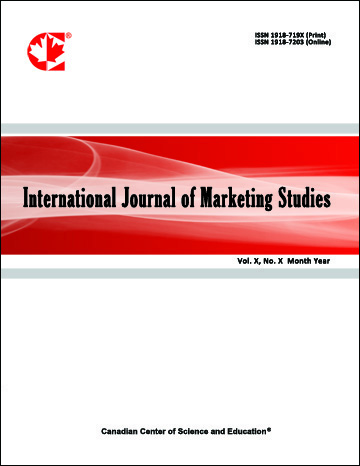Sensory and Hedonic Evaluation in Response to Food-Cue Exposure: The Case of Juicing Demonstration of Fresh Oranges
- Hyeyoung Kim
- Lisa House
- Asli Odabasi
- Charles Sims
Abstract
This study evaluated whether observing the orange squeezing (juicing) process can influence consumers’ sensory evaluations and hedonics of different forms of orange juice. The juicing process delivers cognitive (freshness) and physical (olfactory/visual) food cues. Three forms of orange juice were used in the experiment: fresh squeezed, not-from-concentrate, and from-concentrate. Participants were divided into two groups, with only one group observing the juicing process using a specially designed table-top juicer. Sensory evaluations of participants who did not observe the juicing process were not significantly different with the exception of color. The demonstration of the juicing process primed consumers to identify and evaluate fresh squeezed orange juice in terms of color, aroma, flavor, sweetness, and acidity. The results of an ordered logistic model indicated that consumer acceptance of orange juice was significantly linked to internal attributes such as flavor, sweetness, acidity, and pulp, and the acceptances were not significantly different by juice forms. This implied that food cues from the juicing process can affect human sensory evaluation of the cued food, but the food cues may not overwhelm, in particular when attributes of alternatives are almost homogeneous.
- Full Text:
 PDF
PDF
- DOI:10.5539/ijms.v7n5p65
Journal Metrics
Google-based Impact Factor (2021): 1.34
h-index (July 2022): 70
i10-index (July 2022): 373
Index
- Academic Journals Database
- CNKI Scholar
- EconBiz
- Electronic Journals Library
- Excellence in Research for Australia (ERA)
- GETIT@YALE (Yale University Library)
- Harvard Library
- IBZ Online
- Infotrieve
- JournalTOCs
- LOCKSS
- MIAR
- PKP Open Archives Harvester
- RePEc
- ResearchGate
- ROAD
- Scilit
- SHERPA/RoMEO
- Stanford Libraries
- UCR Library
Contact
- Alyssa SunEditorial Assistant
- ijms@ccsenet.org
